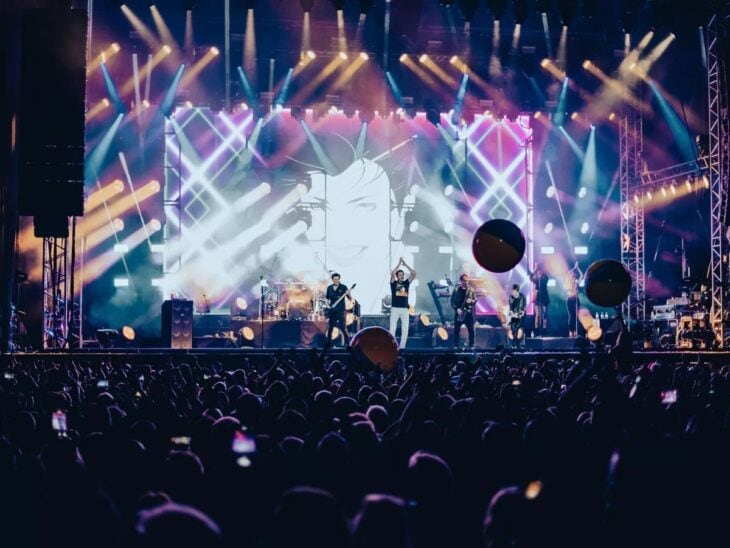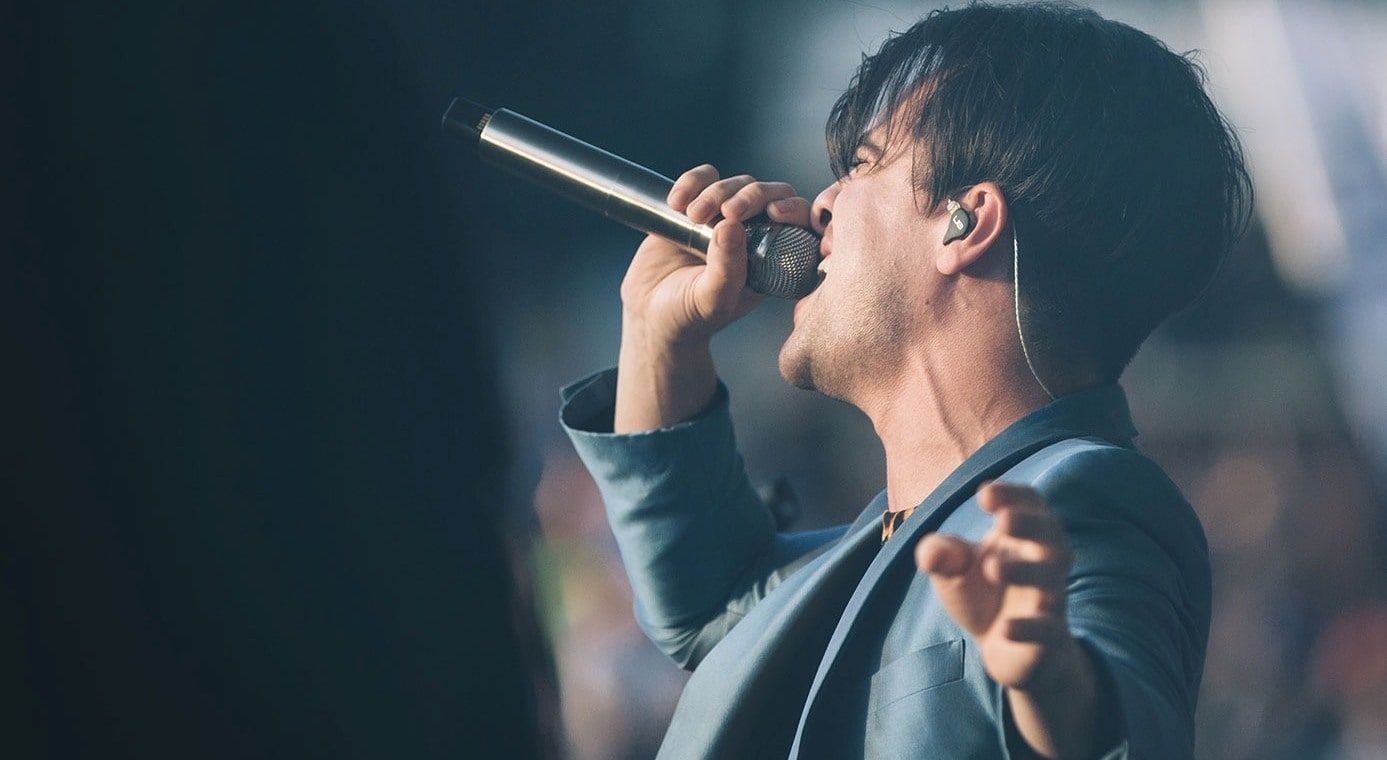According to Chad Zaemisch, Metallica’s guitar tech, Metallica has gone fully digital for the touring of their latest opus 72 Seasons. Also, in the recent interview Rick Beato did with Kirk Hammett, he confirmed that the band is currently using Fractal FX to replace their tube amps.
This combination of events got me thinking about the state of affairs in our guitar world.
Can you imagine a band that has been touring for the past four decades playing loud amps to hundreds of thousands, even millions of people, feeling comfortable playing through digital technology?
Well, in my opinion, in-ear monitoring being better, more affordable, and easier to dial became the number-one reason guitar players embrace digital modeling technology instead of real amps, especially for live performances.
I mean, if you’re hearing everything through in-ears, why would you want an amplifier blasting on stage? What you need is something that sounds amazing through your headphones and the PA.
Plus, in my opinion, modern technology is, for the first time in history, au pair with the tone produced by legendary gear. With this I mean you’re not sacrificing tone for comfort anymore, in fact, you can now have both; and at an affordable price.
In my humble opinion, it was the development of reliable, great-sounding in-ear monitoring technology that made musicians shift to digital modeling faster. Also, since there’s more demand for guitar gear that sounds amazing through the in-ear monitors, companies have been investing heavily in their digital guitar products.
If you’ve ever played the early versions of Guitar Rig or any other guitar software and plug into a Line 6 Helix, Neural Quad Cortex, or Fender Tone Pro, you’ll realize how far big companies have gone with the development of better-sounding, more intuitive, reliable, and portable digital modeling gear for touring guitar players.
Table of Contents
Is Stage Volume Something from the Past?

I’m not going to start this section by comparing myself to Kirk or Metallica, but I’m part of a touring band. We play small pubs and clubs here and there. It’s one of those gigs in which no metronome is needed, we play to have fun. We have some songs, we play some covers, and we also jam a bit on stage. Our friends come to see us play and it becomes this fun thing we’re all a part of.
It’s the most fun I’ve had in a very long time.
But I’m not here to tell you about my musical adventures. It’s just the introduction to a very important topic for any musician going on stage in this wedge-less era. Moreover, it’s what I need to tell you so you can understand what comes up next, which is, I think, an illustrative anecdote.
So, last week, with the band I mentioned above, we played a small gig. I’m talking about a pub with a capacity for 100 people or less. You might know this kind of place and even played one in your local city or town as well. It’s the kind of place where you get to hear your amp roar behind you and the connection to the rest of the band members is pure, organic, and genuine.
The kind of place in which the drum sounds you hear are mostly acoustic with a little push from the PA. The same goes for guitars, I was playing with a 22-watt amp blasting my music forward and having a ball with a very small help from the PA. We heard the vocals through monitor wedges and the rest was all organic, natural, and beautiful.
We didn’t play alone that night, we played with another band in which every member was using in-ears. While we had an amazing time, these guys went through quite a nightmare because they couldn’t dial in the sound in their in-ear monitors.
I mean, they were so close to the source that everything was confusing for them. Imagine trying to hear the drums through your in-ear monitors when the crash cymbal is literally less than a meter away from you. That’s what I call an adventure.
The same went for every band member except for the keyboard player who was standing so close to the bass amp she was hearing the rumble and the kick drum and couldn’t hear her own instrument.
The icing on the cake was the age difference, we were at least 10 years older than they were.
A Paradigm Shift …

This got me thinking that what happened last week is a sign of a paradigm change. It’s a clear sample that live music is taking a new road into the unknown and there’s a generational gap that’s becoming more evident.
I mean, I’m 40 and grew up watching live music being played loud on stage through Marshall full stacks. Moreover, I grew up wishing I could play in a place big enough to push my tube amplifier and get natural, creamy, sweet overdrive from the power tubes pumping.
I can say I had some of those along the way and I just miss them. I miss the time we were able to play at higher volumes everywhere.
This new generation of musicians, on the other hand, doesn’t miss stage volume because they never enjoyed it to begin with.
These people from the other band were right in the middle between past and present, that’s why it was such a mess. I mean, modern times come with modern solutions for old problems. In that vein, guitar modelers are the future. Or, I should say the present of guitar playing for live audiences.
Furthermore, I think that when you get used to hearing your guitar through the in-ear monitors, you want something that sounds amazing through those high-fidelity headphones. Hence, if they had played through modelers straight into the soundboard and out to the PA, they would have had a much better experience.
Instead, they had ancient technology on the stage. Something humans, and especially guitarists from a different era called tube amplifiers.
That, in my opinion, is the direction live music is going. Stage volume, loud amps, and feeling the air of the speakers moving your jeans are something from the past. I was going to say “Except if you are…” but even the biggest rock acts on the planet are going digital these days, even to play arenas.

